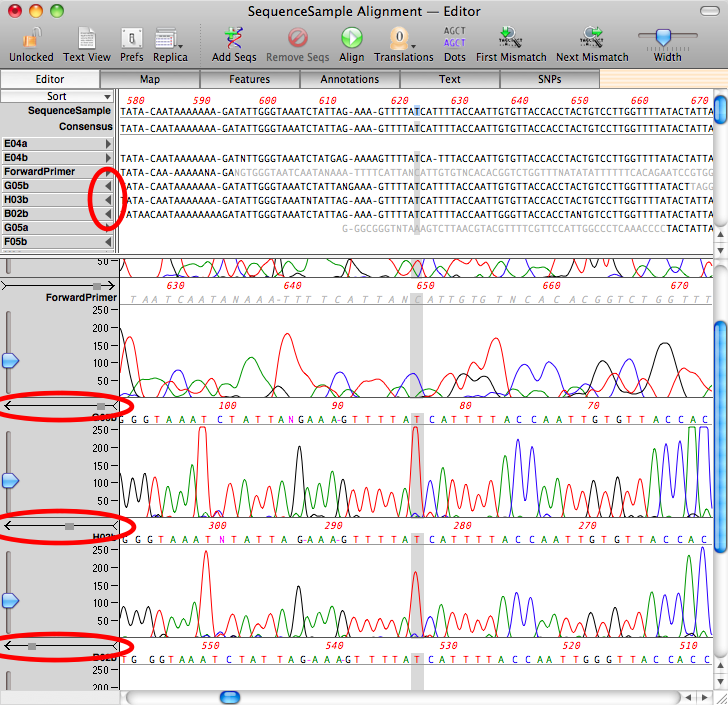

In addition, reports of partial sequences of genetic regions are very limited. This is an open access article under the terms of the Creative Commons Attribution License, which permits use, distribution and reproduction in any medium, provided the original work is properly cited.Īs for 2020 only two complete genomes of Human papillomavirus type 13 (HPV13) are publicly available in GenBank database. We focused on the genes potentially involved in the locus determining Abbreviations: ANI, average nucleotide identity CDS, coding regions FISH, fluorescence in situ hybridization GO, Gene Ontology K, synonymous nucleotide substitution rate LTR, long terminal repeat LTR-RT, long terminal repeat-retrotransposon MIKC, MADS intervening keratin-like and C-terminal mya, million years ago NADH, nicotinamide adenine dinucleotide hydrogen SI, self-incompatibility SLG, S-locus glycoproteins SRK, S-locus receptor kinases TE, transposable element WGD, whole-genome duplication. Passiflora organensis retains 5,609 singletons and 15,671 gene families. In total, 25,327 coding genes were predicted. The repeated sequences accounted for 58.55% of the total DNA analyzed, and the Tekay lineage was the prevalent retrotransposon. Most of the genome sequences could be integrated into its chromosomes with cytogenomic markers (satellite DNA) as references. Passiflora organensis has a small genome of 259 Mbp and a heterozygosity rate of 81%, consistent with its reproductive system. In this study, we generated the genome of the wild diploid species Passiflora organensis Gardner by adopting a hybrid assembly approach. The species (∼500) are morphologically variable (e.g., growth habit, size, and color of flowers) and are adapted to distinct tropical ecosystems. The genus Passiflora comprises a large group of plants popularly known as passion-fruit, much appreciated for their exotic flowers and edible fruits. Herein we provide a successful approach to the study of gene/protein families as potential drug targets. Our study contributes to a better understanding of the molecular biodiversity of T. cruzi FeSODs were identified and tested in vitro against amastigotes and trypomastigotes: mangafodipir had a low trypanocidal effect and polaprezinc was inactive. Two drugs, mangafodipir and polaprezinc, that potentially interact with T. Altogether, our results support the hypothesis that gene duplication followed by divergence shaped the evolution of T. cruzi TcIV strains in both distinct genes. Phylogenetic trees revealed a monophyletic group of FeSOD genes of T. Phylogenetic inference supported the presence of two functional variants of each FeSOD type across the T. Gene copies of FeSOD-A ( n = 2), FeSOD-B ( n = 4) and FeSOD-C ( n = 4) were identified in the genome of the T. cruzi FeSOD types are members of distinct families. cruzi FeSODs were identified and tested against the parasites. Drugs that potentially interacted with T. Evolutionary trees were reconstructed based on Bayesian inference and maximum likelihood methods. cruzi strains, belonging to six discrete typing units (Tcl–TcVI), from different hosts and geographical regions were amplified by PCR and sequenced using the Sanger method. In this study, molecular biology methods and phylogenetic studies were combined with drug assays. cruzi strains from an evolutionary perspective. The main goal of the present study was to investigate the genes coding for iron superoxide dismutase (FeSOD) in T. Superoxide dismutases (SODs) constitute key components of antioxidant defense systems, removing excess superoxide anions by converting them into oxygen and hydrogen peroxide. Components of the antioxidant defense system in Trypanosoma cruzi are potential targets for new drug development.


 0 kommentar(er)
0 kommentar(er)
